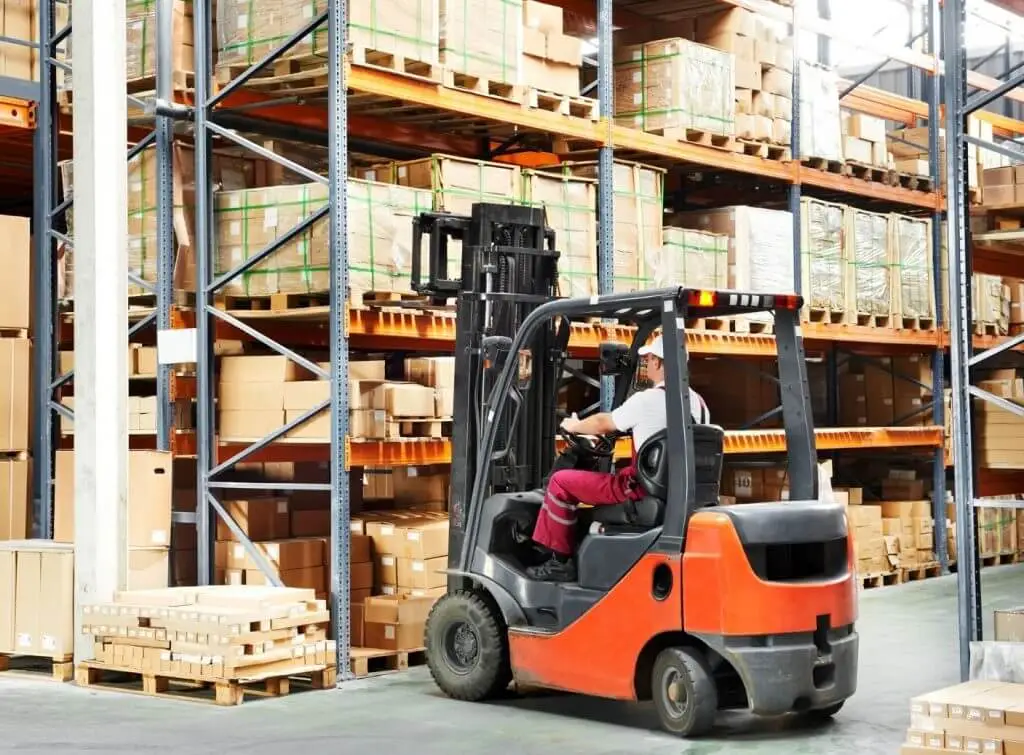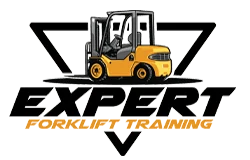
Tips for NEW Forklift Operators
Forklifts are a vital tool in various industries, and operating one safely and efficiently is crucial for both the operator and those around them. If you are a new forklift operator, there are many things you should keep in mind to ensure you are operating the machine safely and effectively. A forklift is a powerful machine that can lift and transport heavy loads, but it can also be a dangerous machine if not used properly. For this reason, it is crucial for new forklift operators to follow proper safety protocols and guidelines to prevent accidents and injuries. In this article, we will provide tips for new forklift operators to help ensure their safety and the safety of those around them.
1. Get Proper Training
Before operating a forklift, new operators must receive proper training. This training should cover the basics of forklift operation, including how to start and stop the machine, how to operate the controls, and how to maneuver the machine in different environments. The training should also cover safety protocols, such as how to avoid tipping the forklift and how to recognize hazards in the workplace. New operators should not operate a forklift until they have completed the necessary training. Expert forklift training provides the best forklift training Mississauga courses including reach truck, Raymond reach, first aid, WHMIS training in Mississauga and much more.
2. Perform Pre-Operation Inspections
Before operating a forklift, new operators should perform a pre-operation inspection to ensure that the machine is in good working condition. This inspection should include checking the brakes, lights, steering, tires, and forks. Any defects or issues should be reported to a supervisor or maintenance team before operating the forklift.
3. Know the forklift and its controls.
Before operating a forklift, it is essential to understand the machine and its controls. Familiarize yourself with the forklift’s gauges, levers, and pedals, and know what each one does. Make sure you know how to start and stop the forklift, how to raise and lower the forks, and how to tilt them forward and backward.
4. Conduct a pre-operation inspection.
Before using a forklift, it is critical to perform a pre-operation inspection. This should include checking the forklift’s brakes, steering, tires, and forks. Make sure all safety features, such as lights and horns, are in working order. If you identify any issues during the inspection, report them immediately to your supervisor.
5. Use seat belts and other safety equipment.
Like any heavy machinery, forklifts can be dangerous if not used correctly. That is why it is important to always wear a seat belt when operating a forklift and to use other safety equipment as required, such as a hard hat and safety glasses. Always keep your hands and feet inside the forklift when it is moving.
6. Be aware of your surroundings.
As a forklift operator, you need to be always aware of your surroundings. Watch out for pedestrians and other vehicles, and always use caution when turning or reversing the forklift. Be especially careful when operating the forklift in areas with low visibility or tight spaces.
7. Follow speed limits and other safety guidelines.
Forklifts should only be operated at safe speeds, as specified by the manufacturer or your employer. They should also slow down when approaching corners, intersections, or other potential hazards. Always follow these speed limits and be aware of any other safety guidelines or procedures your employer has in place. Never carry a load that is too heavy or too large for the forklift. New forklift operators should follow all safety protocols and guidelines provided by their employers. They should also report any unsafe conditions or hazards to a supervisor or safety officer. Forklift operators have a responsibility to ensure their safety and the safety of others in the workplace.
8. Secure loads properly
When lifting and moving loads, always make sure they are secured properly. This means ensuring that the forks are inserted fully into the load and that the load is balanced and stable. Never lift a load that is too heavy or too large for the forklift and be cautious when moving loads that are asymmetrical or unbalanced.
9. Use caution when driving on inclines or ramps.
Driving a forklift on inclines or ramps requires extra caution. Make sure the forklift is equipped with the appropriate safety features, such as a tilt sensor or brake override system. Always drive up and down inclines slowly and avoid sudden stops or starts. With proper on-site forklift training one can save business valuable time.
10. Avoid distractions.
As a forklift operator, it is essential to remain focused on the task at hand. Avoid distractions such as using your phone, listening to music, or engaging in conversation while operating the forklift. Always stay alert and aware of your surroundings. They should also avoid eating, drinking, or smoking while operating the machine. Any distraction can cause the operator to lose focus and increase the risk of accidents.
11. Keep the forklift maintained
Regular maintenance is essential for keeping a forklift in good working order. Follow the manufacturer’s recommended maintenance schedule and report any issues or concerns to your supervisor. Never operate a forklift that needs repairs or maintenance.
12. Seek additional training as needed
Finally, if you are unsure about how to operate a forklift safely, seek additional training from your employer or a qualified trainer. It is always better to be over-prepared than to take unnecessary risks. Expert forklift training offers training and certification classes on a flexible schedule. If you need additional forklift training Mississauga, recertification, or WHMIS training in Mississauga, we can help.
13. Wear Proper Safety Gear
New forklift operators should always wear proper safety gear, including a hard hat, safety glasses, and steel-toed boots. They should also wear a seatbelt while operating the forklift to prevent injuries in case of an accident.
14. Keep a Safe Distance
Forklift operators should keep a safe distance from other forklifts, pedestrians, and obstacles in the workplace. They should always be aware of their surroundings and use caution when maneuvering in tight spaces.
15. Use the Horn
Forklift operators should use the horn to alert others when approaching intersections, blind spots, or other areas where visibility may be limited. The horn should also be used to alert pedestrians of the forklift’s presence.
16. Keep the Load Stable
New forklift operators should ensure that the load they are carrying is stable and properly secured. They should also check the load capacity of the forklift and avoid overloading the machine. If the load is not perfectly balanced, it can cause the forklift to tip over, resulting in serious injuries or fatalities.
17. Use the Forklift Controls Properly
New forklift operators should use the forklift controls properly and avoid sudden movements or jerks that can cause the load to shift or tip over. They should also use caution when raising or lowering the forks to avoid striking objects or people.
Conclusion
In conclusion, operating a forklift safely requires a combination of knowledge, caution, and diligence. Operating a forklift is a serious responsibility that requires proper training and safety protocols. New forklift operators should follow these tips to ensure their safety and the safety of others in the workplace. By being aware of their surroundings and proper training, you can create a safe workplace for your and other team members.
Looking to start your career as a forklift driver? Contact Expert forklift training for all kinds of forklift training and WHMIS training courses in Mississauga.
